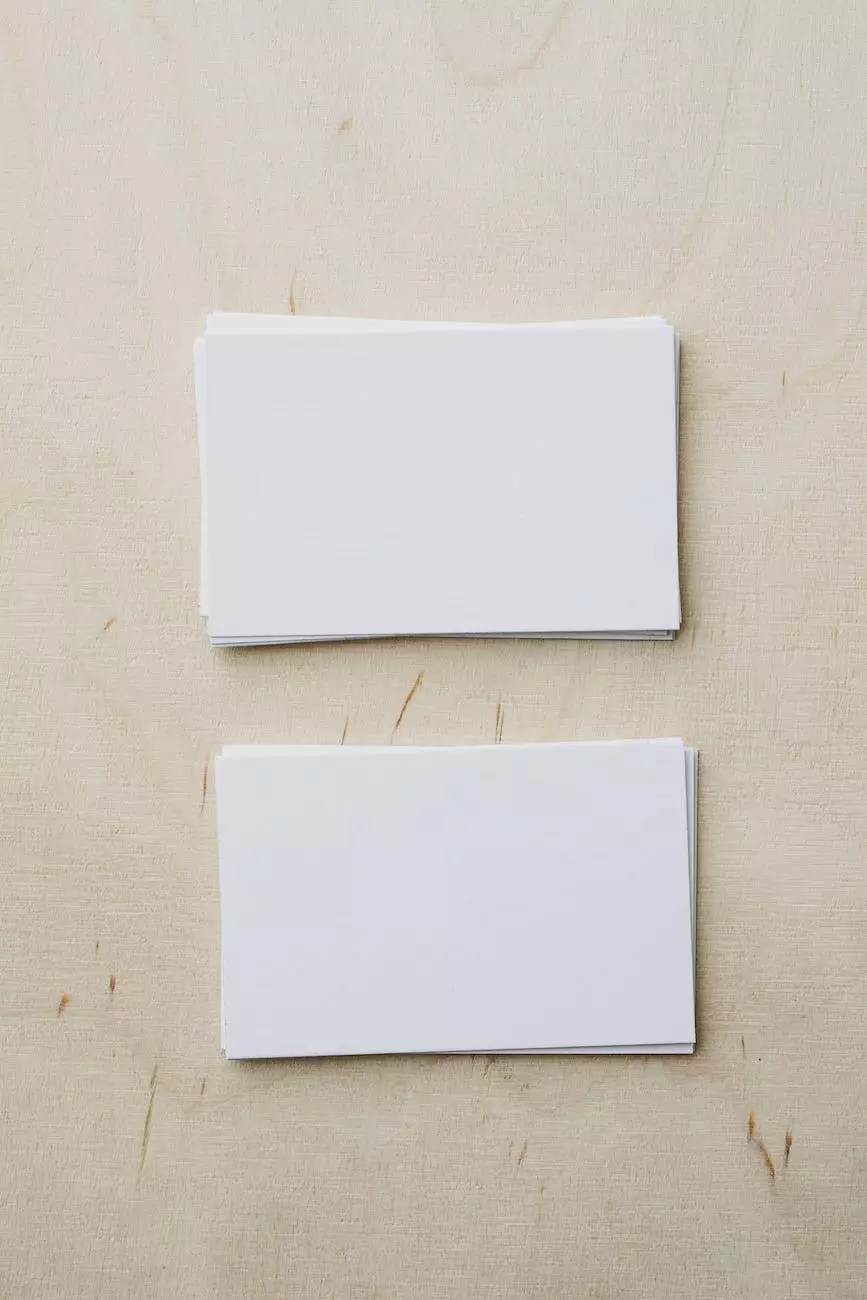Minimizing Print Color Discrepancies
Blog
Introduction
Welcome to Breakthrough Marketing & Media Strategies, your trusted partner in the business and consumer services industry. With a focus on marketing and advertising strategies, we bring you innovative solutions to help you achieve success. In this article, we will delve into the topic of minimizing print color discrepancies and provide you with expert techniques to ensure the highest quality print materials for your business.
Understanding Print Color Discrepancies
Print color discrepancies can occur when there is a variation between the intended color and the color achieved in the final printed piece. This can be frustrating and costly, as it can lead to an inconsistent brand image and impact the overall quality of your marketing materials.
The Importance of Color Accuracy
Color accuracy is crucial in maintaining brand integrity and conveying your message effectively. Inaccurate colors can result in confusion, misinterpretation, and a negative impact on customer perception. Therefore, it is vital to minimize print color discrepancies to ensure your brand is accurately represented in all printed materials.
Effective Techniques to Minimize Print Color Discrepancies
1. Use Professional Printing Services
Investing in professional printing services can significantly minimize print color discrepancies. Experienced printers have the expertise, advanced equipment, and color management systems to ensure accurate color reproduction. They understand the complexities of color matching and calibration, ultimately delivering high-quality prints.
2. Communication is Key
Open and clear communication with your printing service provider is crucial in achieving the desired color accuracy. Clearly articulate your expectations, provide reference samples or color swatches, and discuss any specific requirements or constraints. Collaboration and effective communication will result in better color consistency.
3. Color Profiles and Calibration
Using color profiles and calibration techniques is essential to achieving accurate colors in printed materials. Color profiles define how colors appear on different devices and ensure consistency across various platforms. Calibration helps align the colors on your monitor with the printing process, reducing discrepancies between the screen and the final print.
4. Proofing and Color Testing
Before proceeding with the final printing, it is crucial to request proofs and perform color testing. Proofs allow you to review and approve the colors before mass printing. Color testing involves printing a small sample of your design to assess color accuracy, ensuring any necessary adjustments can be made.
5. Paper Selection
The choice of paper can significantly impact color reproduction. Different papers absorb ink differently, resulting in variations in color intensity and vibrancy. Work closely with your printing service provider to select the appropriate paper stock that best suits your design, ensuring optimal color reproduction.
6. Regular Color Calibration
Color calibration should be an ongoing process to maintain consistent color accuracy over time. Regularly calibrating your equipment, including monitors and printers, helps prevent color drift and ensures accurate color reproduction throughout your print materials.
Conclusion
Minimizing print color discrepancies is essential for maintaining brand consistency and conveying your message effectively. By partnering with Breakthrough Marketing & Media Strategies, you gain access to our expertise in business and consumer services, specifically in marketing and advertising strategies. Our comprehensive solutions and attention to detail will help you achieve the highest quality print materials, accurately representing your brand. Contact us today to learn more about how we can assist you.




